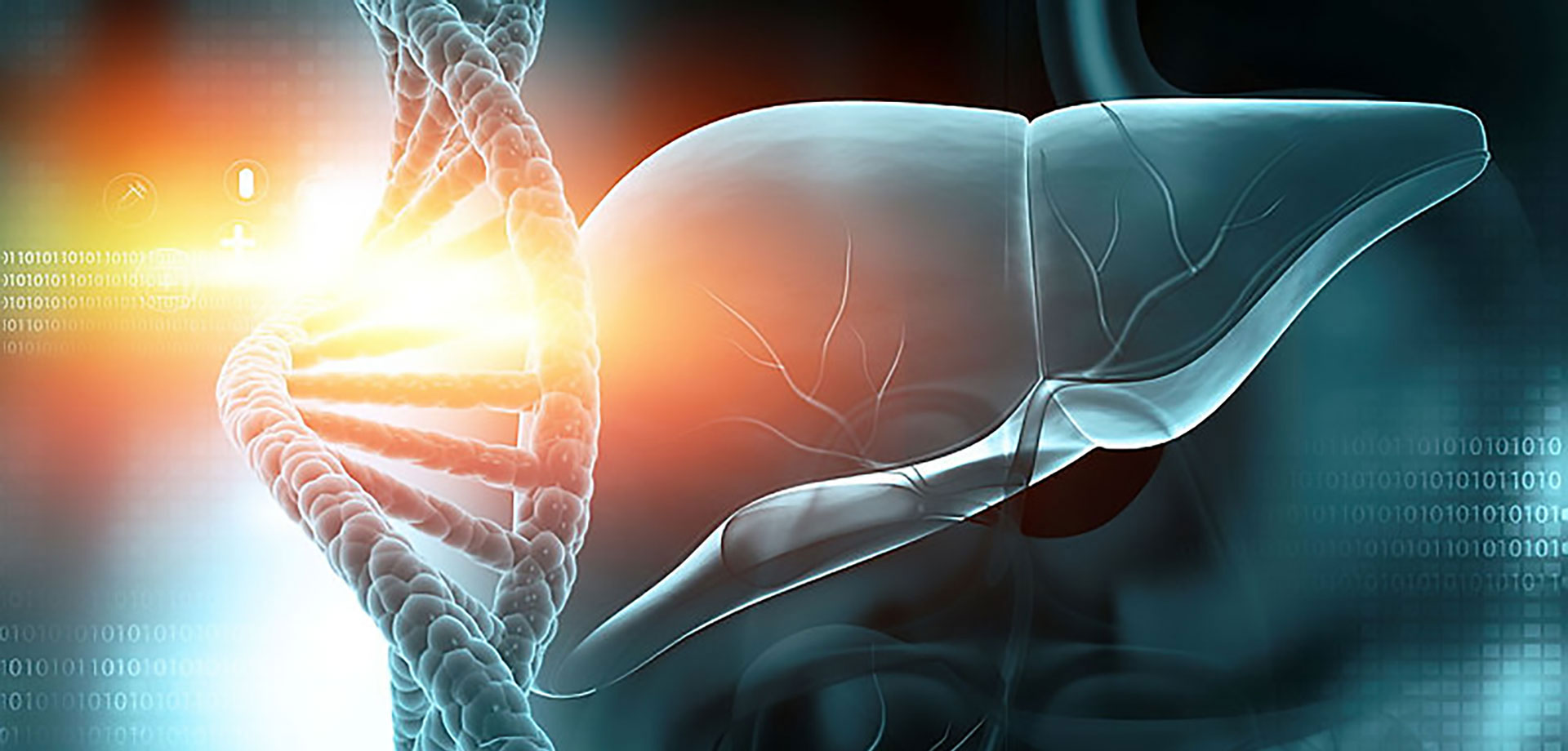Author: Lynda Williams
medwireNews: The role of ABCB4 variants in the development of different forms of adult-onset cholestasis, including intrahepatic cholestasis of pregnancy (ICP), has been reported in two posters presented at the EASL Congress 2025 in Amsterdam, the Netherlands.

The first poster described the relationship between the genotype and phenotype in 44 adults (59% women) who were diagnosed with cholestatic liver disease between 2015 and 2024, all of whom were found to have an alteration in ABCB4, the gene encoding MDR3 that is linked to progressive familial intrahepatic cholestasis (PFIC) type 3.
The patients had a median age of 41 years at diagnosis and the most common presentations were recurrent abdominal pain (n=12) and pruritus (n=4). Phenotypically, 19 patients had recurrent cholestasis or elevated gamma-glutamyl transpeptidase, 14 had low phospholipid-associated cholelithiasis (LPAC), and 10 had ICP. There were also two cases of drug-induced cholestasis liver injury, and one patient had PFIC type 3.
Overall, 22 patients had a cholecystectomy at a median age of 29 years, and one patient required liver transplantation for cirrhosis following intractable pruritus, but there were no cases of hepatobiliary cancer, reported Sandra Ribeiro Correia (Unidade Local de Saúde de Santo António, Porto, Portugal) and colleagues.
Analysis of ABCB4 genotypes identified 17 different alterations and six polymorphic single nucleotide polymorphisms (SNPs). Overall, 32 patients had a monoallelic variant – including 23 rare variants and nine susceptibility SNPs – and 12 patients had a biallelic variant – consisting of four rare variants and eight susceptibility SNPs.
The researchers note that seven patients had a rare ABCB4 variant that was of “uncertain significance, but tending towards pathogenicity.”
Cholestasis diagnosis and levels of liver injury biomarkers were comparable in patients with monoallelic versus biallelic variants, and in those with rare versus susceptibility SNPs, the team reports.
But asymptomatic patients (with or without recurrent biochemical changes) and those with ICP were more likely to carry monoallelic than biallelic variants.
Furthermore, asymptomatic patients were more likely to carry monoallelic or biallelic susceptibility SNPs than rare variants, whereas rare variants were more prominent in patients with ICP or LPAC.
The researchers said that patients with rare variants were more likely to respond completely to ursodeoxycholic acid than those with susceptibility SNPs, “suggesting additional genetic/environmental factors that contribute to the phenotype in SNP cases” that are not reversed by this treatment.
“Our results indicate that polymorphic susceptibility ABCB4 variants are typically not associated with disease,” wrote Ribeiro Correia et al.
And they postulated that the relationship between monoallelic variants and likelihood of no disease or ICP may indicate a “less severe phenotype.”
The authors concluded: “This work establishes for the first time genotype–phenotype correlations for ABCB4 that include both highly penetrant and common susceptibility variants.”
The second study used information from the National Genomic Research Library to characterize ABCB4 variants for 248 patients with ICP and 3128 ancestry-matched women who had a pregnancy without ICP, none of whom were closer than a second-degree relative.
Rare variant analysis was performed to identify single nucleotide ABCB4 variants and indels with a minor allele frequency of less than 0.1% that were likely damaging.
In addition, genome-wide association studies using data from 1050 women with and without ICP were used to create a polygenic risk score (PRS) based on 56 SNPs and this was validated in a further cohort of 2326 women. Patients with ICP had a significantly higher PRS than the controls, reported Xi Yang (Imperial College London, UK) and co-authors of the poster.
In multiple logistic regression analysis, adjusting for age and other factors, individuals with rare damaging ABCB4 variants were found to be a significant 8.19 times more likely to have ICP than those without, while those carrying the common rs28929474 variant in SERPINA1 from the PRS were a significant 2.54 times more likely to have ICP. These specific risks for ICP were higher than that experienced by individuals in the 99.9th percentile and 92.4th percentile of the PRS, respectively, the researchers reported.
After excluding the SERPINA1 variant, each standard deviation increase in PRS was associated with a 1.92-fold increase in the risk for ICP, Yang et al commented.
Overall, the researchers estimate that 13.6% of the heritability of ICP may be explained by genetic factors, of which 11.1% was attributed to the PRS, including 3.7% specifically associated with the common SERPINA1 variant, and 2.5% to rare damaging ABCB4 variants.
“Both rare and common variants contribute to the genetic architecture of ICP,” the researchers therefore summarized.
“The effect size of rare damaging ABCB4 variants on ICP development is greater than that of each standard deviation increase in PRS.”
medwireNews is an independent medical news service provided by Springer Healthcare Ltd. © 2025 Springer Healthcare Ltd, part of the Springer Nature Group
EASL Congress 2025; Amsterdam, the Netherlands: 7–10 May



